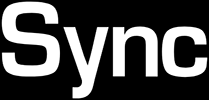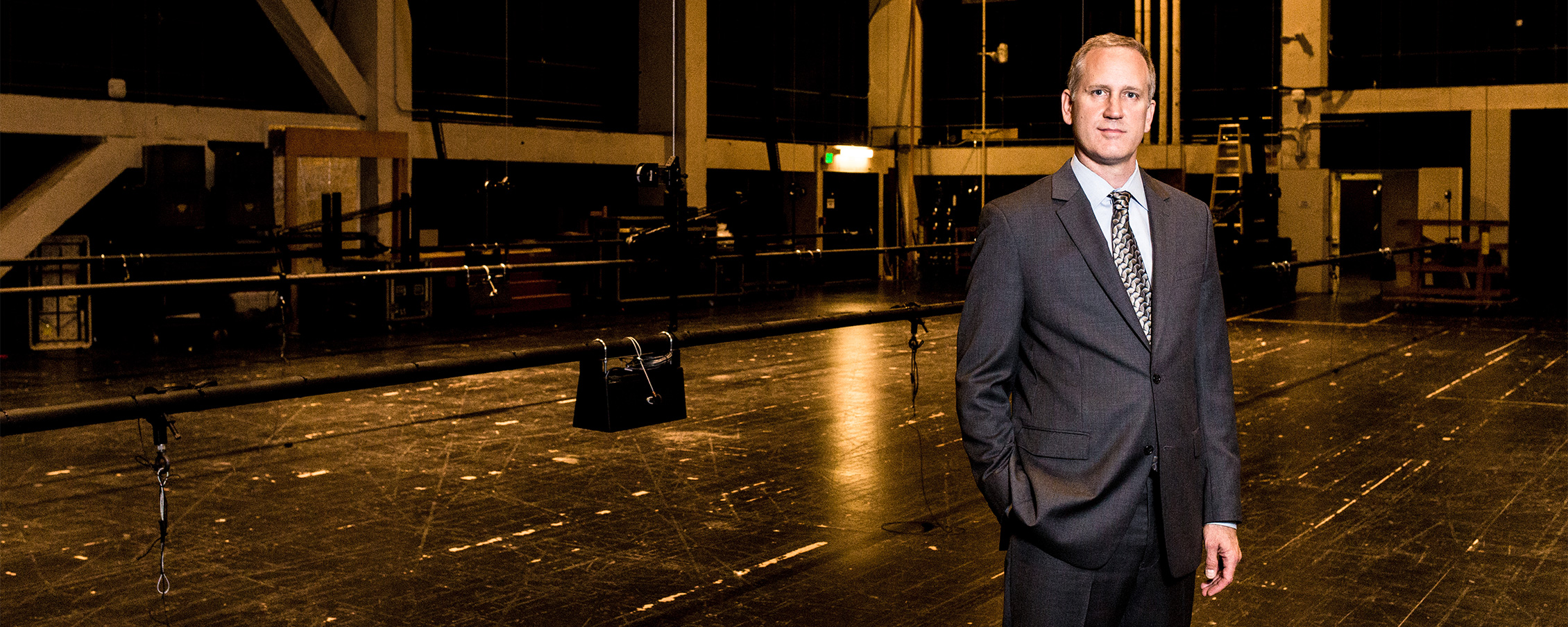When the San Francisco Symphony plays, Davies Symphony Hall swells with sound. Violins couple with clarinets. Trumpets dance with tubas. Bass drums converse with bassoons. The mellifluous result enchants the ears as well as the eyes, which fixate on the conductor’s prancing hands; the body, which lurches forward as if the orchestra were pulling it with a string; and the heart, which beats in time with the music like an extra piece of percussion. It’s an emotional experience.
Unbeknownst to the audience, it’s also a scientific one, fueled not only by the San Francisco Symphony’s right-brained musicians, but also by its left-brained IT departments—specifically, CIO Neal Wright, who is helping the symphony leverage data to increase the size of its audience and the quality of its programs.
“We track information about what is being performed, who is coming to see us, when they’re coming to see us, and the frequency of their visits,” explains Wright, who is the organization’s third CIO. “We truly are a data-driven symphony.”
Although many are surprised to hear that a symphony has an IT department to begin with, let alone a thirst for data, it’s not as large a leap as it sounds. In fact, data and music have a lot in common: In the same way that individual music notes constitute a composition, individual data points constitute business intelligence. In both cases, the sum of individual parts creates a powerful whole that inspires its audience to react—or in the case of the San Francisco Symphony, to act.
“The value of data is that it gives us the ability to understand our customers and the people we’re serving,” Wright says. “Our mission is to offer great music to our community here in the Bay Area and around the world. And when we also have information about what people are interested in, what motivates them, and their ticket-buying behavior, our technology department can empower other departments to better serve them in being able to access that great music.”
The symphony—which was founded in 1911, five years after the historic San Francisco earthquake of 1906—has been collecting data since 2000, when it was among the first to implement Tessitura, a now ubiquitous enterprise software system for arts and cultural organizations.
“We were one of the first five organizations to adopt it,” Wright says of Tessitura, which combines ticketing, marketing, fundraising, and customer relationship management into a single integrated platform. “When we adopted this system it suddenly generated the interest and the need to have an IT department with application developers and data analysts.”
When he joined the Symphony in 2012, Wright’s goal was to entrust those developers and analysts with the computing power they needed to turn data into decisions.
“My role so far has been finding ways to dedicate more computer resources to data collection and analysis,” Wright says. “When I showed up, our hardware was not being maximized to make data accessible and usable. On a high-volume sales day, for example, our systems might crash because they couldn’t handle the traffic.
To fix that, I’ve virtualized a lot of those systems; now, on high-volume sales days, we can give them more computing resources very easily.”
The extra resources have empowered the symphony to double down on data-based decision-making.
“One of our most recent projects is what we call ‘behavior reporting,’ which is observing what changes take place in the behavior of our patrons when an event happens,” Wright says.
For example, the Symphony’s innovative Community of Music Makers program offers workshops for amateur musicians where Symphony artists mentor them.
“People come from all walks of life to work with our musicians and to play and sing on the stage of Davies Hall,” says Wright. “The question we had was: What happens to those people who participate after the program? What the data shows is that they increase their engagement with the symphony after participating in this program, which is really exciting for us to see.”
Although the results aren’t in yet, another recent example is SoundBox, a nightclub-style performance series that the Symphony created in a cavernous rehearsal space in Davies Symphony Hall. During its four-month season in spring 2015, the Symphony offered ten experimental performances by the Symphony’s musicians, who performed in an environment that included lounge-style seating, multiple stages, high-tech lighting and video screens, as well as craft cocktails and gourmet snacks.
“Typically the average age of our audience is somewhere in the sixties; the average age for these shows was much lower,” Wright says. “Over time, we’re expecting the data to tell us whether those young people become patrons of the Symphony as a result of their experience in SoundBox.”
When Wright’s team implements a new scheduling system—which it plans to do in the near future—the Symphony will be able to take its data mining even further in order to determine not only which programs attract new patrons, but also which music selections do the same.
“When someone buys a ticket to a program with a variety of composers, the patron may be interested in Beethoven, or perhaps a contemporary composer on that same program. Once we replace our scheduling system, we will be able to aggregate the data to identify programming combinations,” says Wright, who attributes the Symphony’s appetite for innovation to longtime music director Michael Tilson Thomas. Leader of the Symphony since 1995, Thomas is a major supporter of using Internet2, the not-for-profit computer-networking consortium, for the arts. “He is known for taking a maverick approach to classical music, and he’s applied that same approach to technology.”
That technology leadership promises to take the San Francisco Symphony to new and exciting places in the years ahead. In addition to data analytics, for instance, the Symphony is planning to integrate digital technology into the lobby at Davies Symphony Hall, where it will give patrons an interactive way to learn about the Symphony’s performances and musicians. Someday, it might even stream live performances to remote audiences, or engage patrons via their smartphones during concerts—even though keeping one’s phone on has traditionally been taboo.
“There are a lot of technology question marks in the arts right now,” Wright says. “The possibilities are really exciting.”
Editor’s Note: At press time, Wright was no longer with the San Francisco Symphony.

